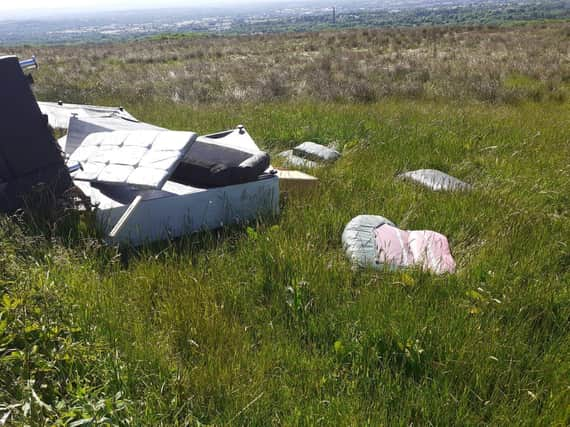Doncaster Council clears 1,500 tonnes of fly-tipping waste across the borough in less than a year


A report seen by councillors shows officers removed the massive haul from April 2020 until the end of the calendar year.
Figures show regular clean-ups at ‘fly-tipping hotspots’ costs the council an extra £400,000 a year on top of expected duties in the management of the problem.
Advertisement
Hide AdAdvertisement
Hide AdJust last month, Doncaster Council’s director of environment, Dan Swaine, said between July and September, there were 3,314 reports of fly-tipping across the borough, up from 2,950 in the previous three months – an increase of around 10 per cent.
Statistics also show the council’s 85 per cent target of clearing fly-tipping within seven days of it being reported is down to around 61 per cent. The coronavirus pandemic is being blamed for the delay and more resources are being sought.
DMBC bosses, in the Environment and Sustainability Strategy 2020, said there is due to be a roll-out of increased CCTV at fly-tipping hotspots to support enforcement action against perpetrators.
There’s also plans to invest in technology to improve efficiency of fly-tipping response routes and times.
Advertisement
Hide AdAdvertisement
Hide AdThe council is also working more closely with the Environment Agency, police and fire service over fly tipping intelligence for enforcement.
Andy Brown, senior policy, insight & change manager at DMBC, said: “Fly-tipping imposes a direct financial cost to the Council, the public and to private landowners relating to the clearance, investigation and prosecution of fly-tipping incidents, as well as to prevention measures.
“Fly-tipping can negatively affect the wider community, how it looks and how people feel about where they live.
“Where the composition of fly-tipped waste includes hazardous waste, fly-tipping can threaten our ecosystem and wildlife and may even depict a risk to human life and also negatively impacts on the landscape and enjoyment of green space for residents and visitors.”